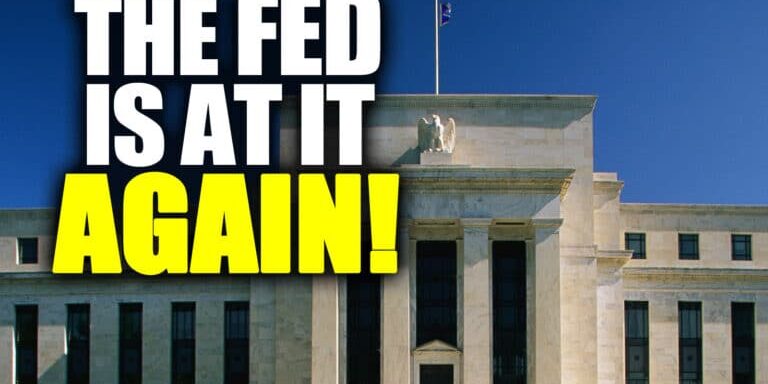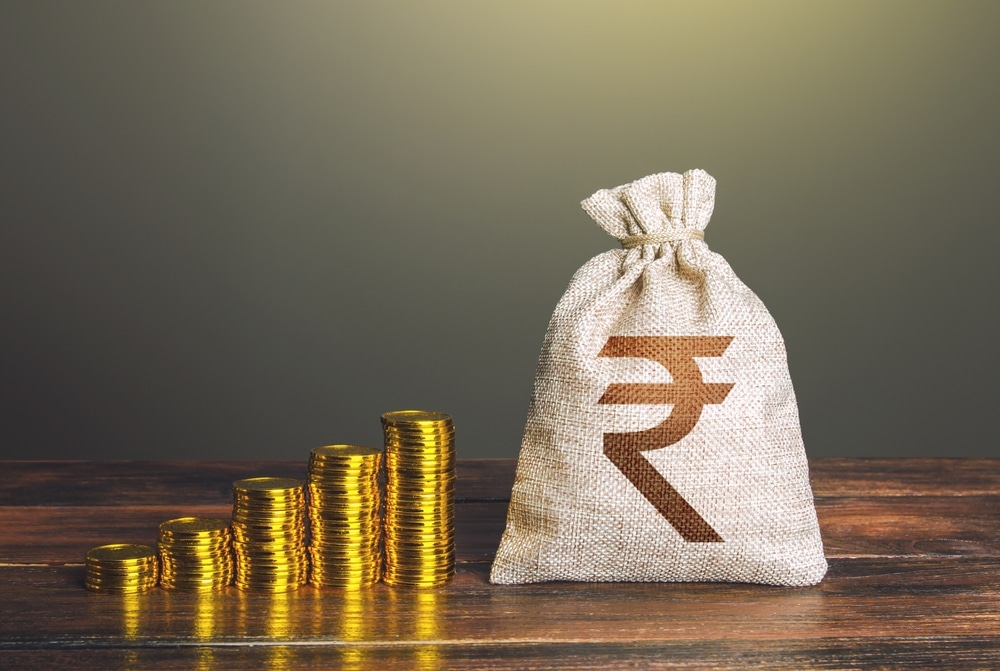
Fed Wants to Raise Inflation Target Despite Already High Prices
Investors are turning a blind eye toward inflation risk. And it’s easy to do, if you trust the Fed’s preferred inflation gauge--the personal consumption expenditure (PCE)--which shows that price inflation is currently under their 2% target rate.
In such an environment where inflation risk seems remote, it’s tempting for many investors to undervalue, if not altogether flee, inflation-protecting assets such as precious metals. But if you open your eyes to what’s really going on, you’d get a sense that such a move might be a huge mistake.
What I’m getting to is this: the PCE statistic, which excludes food and energy costs, does not reflect the economic reality of our day-to-day experiences. Consider the following:
- The Fed’s monetary actions over the last few years have driven commodity prices up by 40% (even after its drop in 2014).
- Financial asset prices are sky-high.
- Home prices are at relatively absurd levels.
- US manufacturing sales have been flat since 2012.
- Industrial production has been down since 2014.
- And we haven’t seen GDP growth over 3% during the Obama years (which is a first since President Hoover).
Yet despite this reality--a stagnating economy and rising prices (what used to be called “stagflation, now called the “new normal”)--the Fed seems uncritically biased toward a statistic that tells them price inflation is well under control!
In fact, their belief in abstract metrics over the lived experiences of the American people has encouraged some to entertain the possibility of raising the inflation target to 4%!
Olivier Blanchard, an economist with the Peterson Institute has argued that a 4% target is reasonable, as it makes up for the years in which inflation readings have stayed below the 2% target. And in a piece written for the Brookings Institute, former Fed Chairman Ben Bernanke suggested that targeting price-levels “would be preferable to raising the inflation target.”
Either way, both approaches are justifications for allowing inflation to run higher. And if inflation does run higher, it can easily spin out of control, despite the Fed’s efforts to restrain it. Sure, the Fed can control short-term interest rates and implement measures to restrict growth in the money supply, but it can’t control long-term interest rates or the velocity of money.
The low yields on US Treasury bonds, hovering near 2%, may create the impression that the Fed is fully capable of holding the inflation rate at 2%, a small gain in exchange for a safe-haven investment. But if you consider the $20 trillion government debt, a figure that continues to rise, then the solvency of the US government and the stability of those bonds comes into question.
A likely end-game scenario is that the US government will have to devalue the currency in which those debts are denominated. It’s that or they’ll have to default. Either way, bondholders will sustain devastating losses as inflation rates decimate the value of low fixed yields.
Think about this. In such a likely scenario, inflation will serve to bail out the debtor--in this case, the US government--at the expense of the American consumer and saver. It’s functions just like a tax, albeit a veiled one.
For now, investors’ actions reflect little concern for such a scenario. The stock market continues to rise while gold and silver prices hover at discount levels; all because inflation protection seems unnecessary.
But smart investors recognize that such a view is strikingly myopic. They realize that once inflation rates rise--and that this time it will be different considering the dangerously fragile state of our economy--not only will gold and silver prices rise significantly, they will be the only safe-haven assets worth owning.











